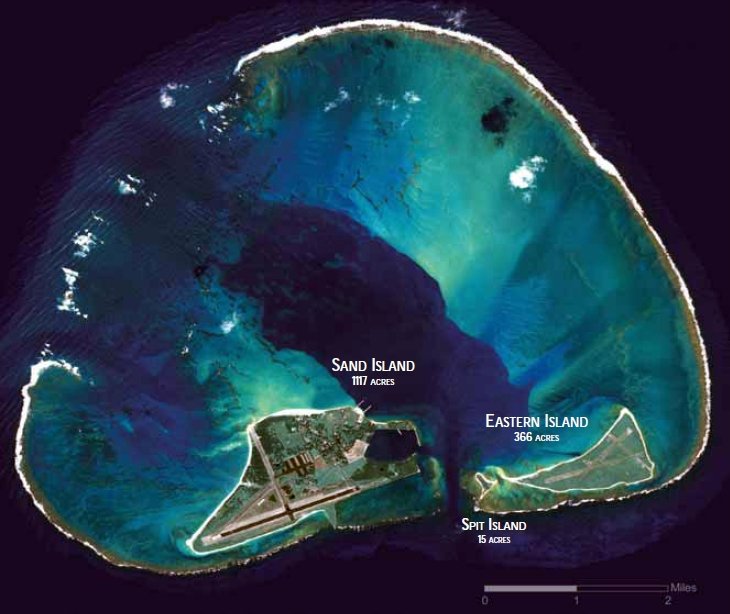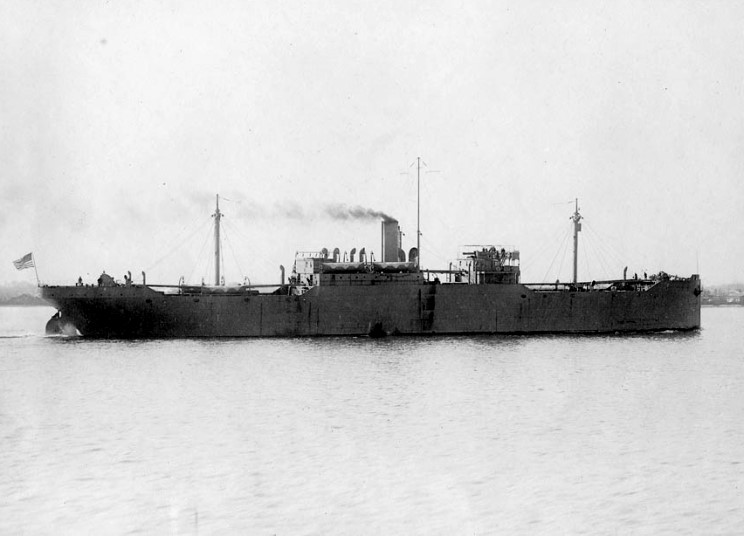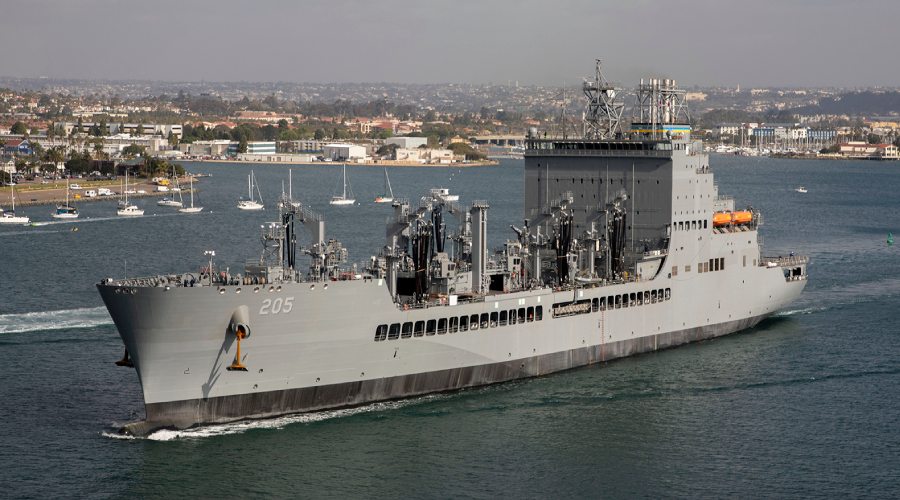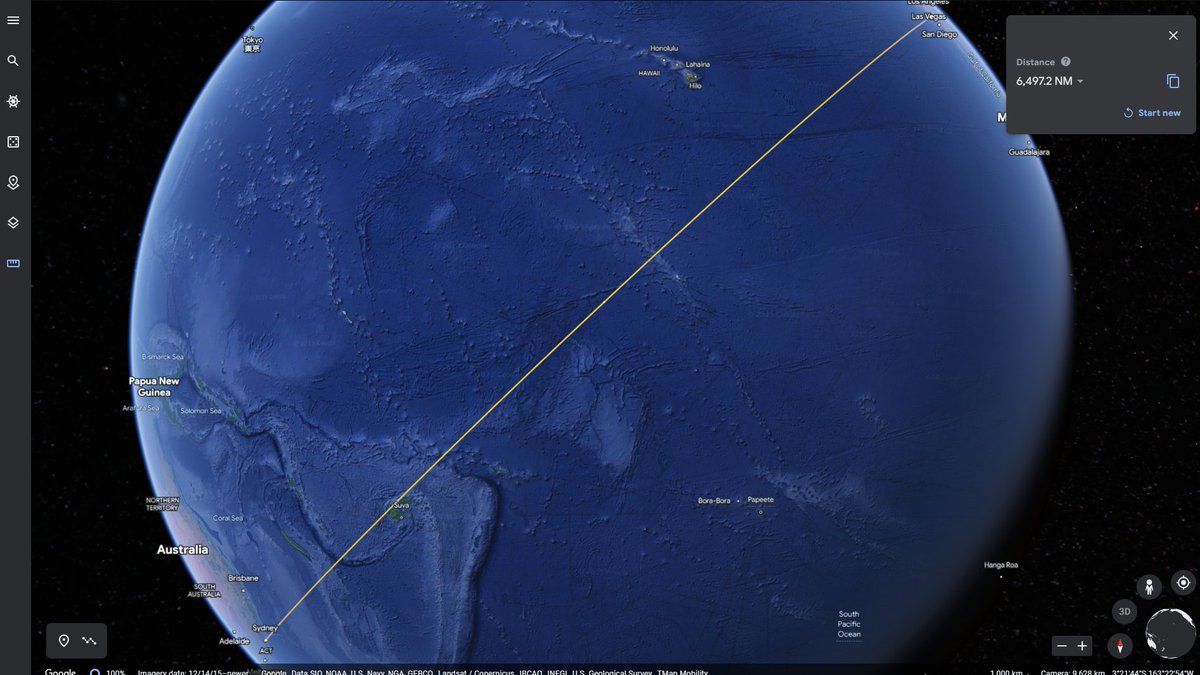
@TheAtlantic @scottlincicome 1/Compare this piece in @TheAtlantic versus that of @JerryHendrixII who argues "The Age of American Dominance is Over."
While Captain Hendrix warns about the dangers, Scott Lincicome of @CatoInstitute revels in it; but misrepresents the #JonesAct.
theatlantic.com/magazine/archi…
While Captain Hendrix warns about the dangers, Scott Lincicome of @CatoInstitute revels in it; but misrepresents the #JonesAct.
theatlantic.com/magazine/archi…
@TheAtlantic @scottlincicome @JerryHendrixII @CatoInstitute 2/Scott brings up the direct cost and cites 5x cost to build in the United States. Yet, he fails to account for the massive subsidies and offsets by the three largest shipbuilding countries in the world - China, Korea, and Japan. @CSIS
reconasia.csis.org/hidden-harbors…
reconasia.csis.org/hidden-harbors…
@TheAtlantic @scottlincicome @JerryHendrixII @CatoInstitute @CSIS 3/Why short-sea shipping is not used...It is TIME & COST!
Why ship something from a site in rural Georgia to Boston by short-sea? You have to truck it to Savannah, wait & load on a ship, sail it with multiple stops, arrive in Boston and then truck...when you can just truck it.

Why ship something from a site in rural Georgia to Boston by short-sea? You have to truck it to Savannah, wait & load on a ship, sail it with multiple stops, arrive in Boston and then truck...when you can just truck it.


@TheAtlantic @scottlincicome @JerryHendrixII @CatoInstitute @CSIS 4/Scott also asks why has coastwise shipping decreased 44% since the 1960s?
I think it has to do with the passage of Interstate Highway Act of 1956 and the creation of Interstate Pipeline systems, along with jet travel freeing up rail for cargo.
highways.dot.gov/public-roads/s…
I think it has to do with the passage of Interstate Highway Act of 1956 and the creation of Interstate Pipeline systems, along with jet travel freeing up rail for cargo.
highways.dot.gov/public-roads/s…

@TheAtlantic @scottlincicome @JerryHendrixII @CatoInstitute @CSIS 5/He mentioned Liquified Natural Gas carriers which we built in the 70/80s under the Merchant Marine Act of 1936 but ended the differentials soon after.
If you want to solve New England & Puerto Rico it only takes one ship to be reflagged into the US.
If you want to solve New England & Puerto Rico it only takes one ship to be reflagged into the US.
@TheAtlantic @scottlincicome @JerryHendrixII @CatoInstitute @CSIS 6/There is a WORLDWIDE shortage of wind turbine vessels...not just #JonesAct, & crews to operate them. So why not build them in the US, train the personnel and let US become a major player in this new industry?
spglobal.com/marketintellig…
spglobal.com/marketintellig…
@TheAtlantic @scottlincicome @JerryHendrixII @CatoInstitute @CSIS 7. Because of the Jones Act of 1920, we have the Foreign Dredge Act of 1906? He may need to check his math!
Instead of having dedicated US dredges, Scott wants us to utilize Dutch or Chinese dredges that are currently overbooked?
Instead of having dedicated US dredges, Scott wants us to utilize Dutch or Chinese dredges that are currently overbooked?
@TheAtlantic @scottlincicome @JerryHendrixII @CatoInstitute @CSIS 8. When Hurricanes Maria and Fiona hit Puerto Rico the issue was not the transportation of goods into the island, but the breakdown of the inland transportation system. The issue has been politically motivated and has nothing to do with the #JonesAct.
@TheAtlantic @scottlincicome @JerryHendrixII @CatoInstitute @CSIS 9. Average age of Jones Act ships is 20 years.
According to the @UNCTAD Review of Maritime Transport 2022, the average of world shipping is 19.7 years.
GREAT SCOTT 0.3 years!
According to the @UNCTAD Review of Maritime Transport 2022, the average of world shipping is 19.7 years.
GREAT SCOTT 0.3 years!

@TheAtlantic @scottlincicome @JerryHendrixII @CatoInstitute @CSIS @UNCTAD 10. "The competitive international market"? China, Korea & Japan build 94% of all ships. How does the US compete when China gives $132B in subsidies from 2010 to 2018 or Korea $2B last year; or when world shipyards fall from 321 to 131 since 2009?
splash247.com/chinas-shipbui…
splash247.com/chinas-shipbui…
@TheAtlantic @scottlincicome @JerryHendrixII @CatoInstitute @CSIS @UNCTAD 11. The figures for @PhillyShipyard are true. Now go build a house, then build the same house 10 years later.
Material is up; train new workers because that ones you used a decade ago found new jobs; also redesign the house to be ESG & run on LNG.
phillyshipyard.com/commercial-pro…
Material is up; train new workers because that ones you used a decade ago found new jobs; also redesign the house to be ESG & run on LNG.
phillyshipyard.com/commercial-pro…
@TheAtlantic @scottlincicome @JerryHendrixII @CatoInstitute @CSIS @UNCTAD @PhillyShipyard 12. So what Scott & @CatoInstitute are favoring is opening up the US to foreign ships, crews & companies. This would decimate not just coastal shipping, but Great Lakes, river, ferries & tugs. How can US workers compete against someone making $22/day?
gcaptain.com/ilo-adopts-new….
gcaptain.com/ilo-adopts-new….
@TheAtlantic @scottlincicome @JerryHendrixII @CatoInstitute @CSIS @UNCTAD @PhillyShipyard 13. One only needs to look at the trucking business to see the difference in the US verses that of Mexico.
freightwaves.com/news/borderlan…
freightwaves.com/news/borderlan…
@TheAtlantic @scottlincicome @JerryHendrixII @CatoInstitute @CSIS @UNCTAD @PhillyShipyard 14. We did this to the international trade sector of the US merchant marine in the 1980s when we eliminated construction & operational differentials. The ships flagged to Panama, Liberia & Marshall Islands & built overseas, leaving us in the situation described by @JerryHendrixII 

@TheAtlantic @scottlincicome @JerryHendrixII @CatoInstitute @CSIS @UNCTAD @PhillyShipyard 15. In the end, what Scott from @CatoInstitute recommends may save Americans money in the short-term, but as @JerryHendrixII so eloquently writes, it will facilitate the end of American Naval Dominance the potential end to Mare Liberum. 

@TheAtlantic @scottlincicome @JerryHendrixII @CatoInstitute @CSIS @UNCTAD @PhillyShipyard PS Feel free to share this with Scott Lincicome @CatoInstitute. While he advocates for Free Trade...Free Speech is a different matter when you disagree with his view. 

@TheAtlantic @scottlincicome @JerryHendrixII @CatoInstitute @CSIS @UNCTAD @PhillyShipyard @threadreaderapp
Unroll
Unroll
• • •
Missing some Tweet in this thread? You can try to
force a refresh






















